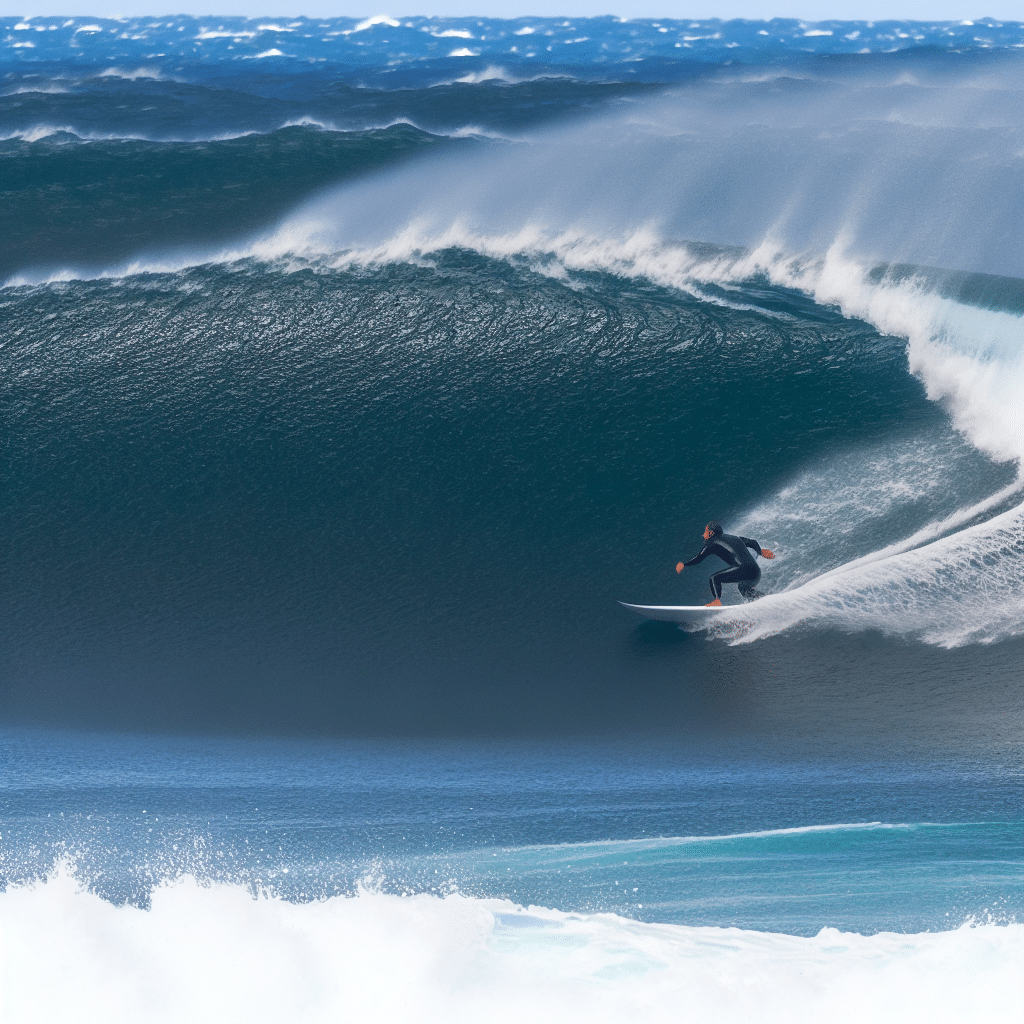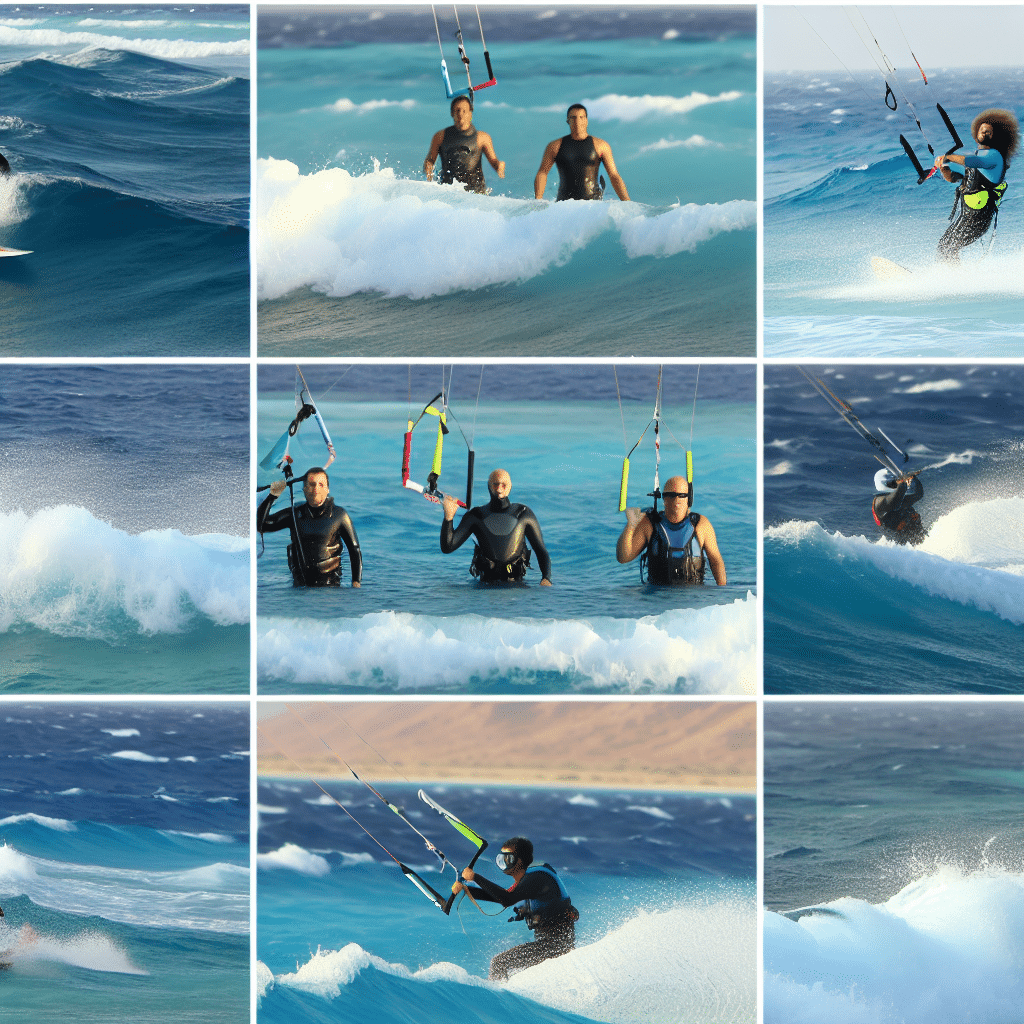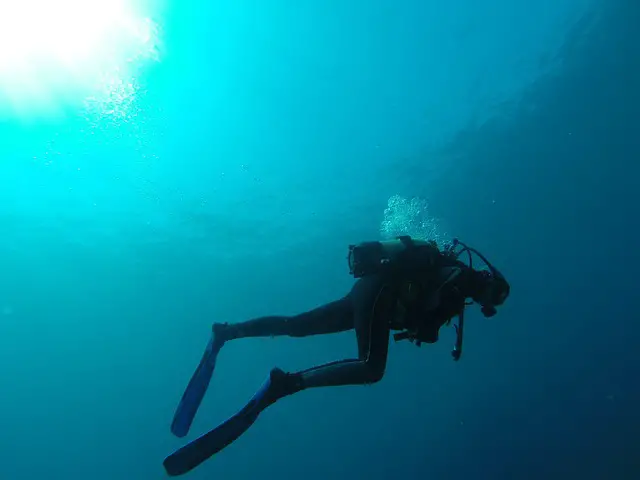Surfing, the art of riding on waves, is much more than just a sport; it is a lifestyle, a philosophy, and for many, a passion. This article aims to explore the exhilarating world of surfing waves, from understanding the science of wave formation to the technicalities of riding them.
What Makes a Perfect Wave for Surfing?
The exhilaration of surfing is intrinsically linked to the quality of the waves. But what makes a perfect wave?
The Science of Wave Formation
Before getting on a surfboard, let’s understand how waves are formed. The formation of ocean waves is a complex process involving wind, water, and the gravitational pull of the moon and the sun. When wind blows over the surface of the sea, it causes the water to move in a circular motion, creating waves. Higher wind speed and longer durations tend to produce larger waves, ideal for surfing.
The shape of the seafloor also plays a crucial role in forming good surfing waves. When the wave reaches a shallow area like a reef or sandbar, the bottom part of the wave slows down, causing the top part to rise higher and eventually break. This break forms the classic ‘curl’ that surfers look for.
Wave Types: Beach Breaks, Reef Breaks, Point Breaks
There are three main types of waves that surfers seek out – beach breaks, reef breaks, and point breaks.
Beach break waves break close to the shore, making them perfect for beginners. They break over a sandy bottom, so the wave shape can change depending on the arrangement of sandbars underneath.
Reef break waves break over coral reefs or rocky seabeds, often resulting in more powerful and consistent waves. These are favored by experienced surfers.
Lastly, point breaks occur when a wave hits a point of land jutting out from the coastline and breaks along the length of the shoreline. These waves are usually long and smooth, perfect for long rides.
Mastering the Art of Riding Waves
Now that we understand what a ‘perfect wave’ entails, how does one go about riding these powerful forces of nature?
Paddle Out and Positioning
The first step in riding a wave is paddling out into the sea. Once you’ve reached where the waves are breaking, it’s time to position yourself. This involves looking for the peak of the wave, where it’s breaking most consistently. The key is to be patient and observant, understanding the rhythm of the sea.
Catching a Wave and Popping Up
Once you’re in position, the next step is to catch a wave. This involves paddling hard as the wave approaches, allowing its force to propel you forward. At the perfect moment, you’ll need to swiftly ‘pop up’ onto your feet, and ride the wave.
Advanced Techniques: Cutting Back and Carving
As you progress, you can start to add maneuvers to your surfing repertoire, such as ‘cutting back’ (changing your direction back towards the breaking part of the wave), or ‘carving’ (rapid turns on the face of the wave).
The Spiritual High of Surfing Waves
Surfing is not just about the physical act of riding waves. The thrill of anticipation as you paddle out, the adrenaline rush as you conquer a towering wave, or the serenity of sitting on your board amidst the vast expanse of the sea is an experience that transcends words. The ocean, with its raw and unrefined power, captures your heart in a way that no other sport can.
Indeed, the act of surfing waves is a journey – a dance with the forces of nature – that offers not only a thrilling adventure but also a path toward self-discovery and spiritual fulfillment. Can you ride the wave?




